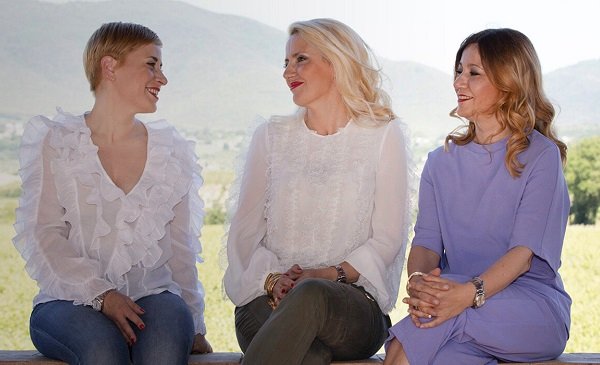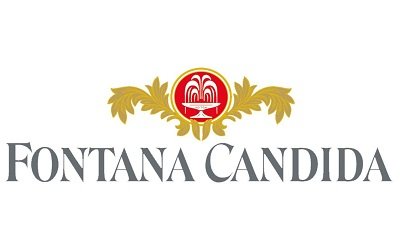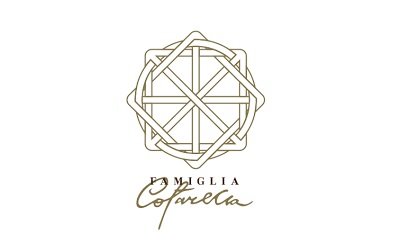That the Est! Est!!! Est!!! di Montefiascone and Frascati are two historic Lazio whites is proven by numerous historical records. That they can be found of good quality and "for all budgets" is evidenced by our tastings.
Latium’s winemaking tradition, it is known, is very old. Without going back as far as the ancient Romans, whose wines were completely different from those we drink today, we find wines from modern appellations whose origins, however, are historical.
I am referring to Est!Est!!Est!!! di Montefiascone and Frascati.
The legend of the East!East!!East!!!
The legend of this wine can even be found described in the product specification. “The famous East East wine links its name to a legend, a mixture of reality and fantasy, that has fascinated travelers of all times attracted by the “mirabilia“. It is reported that in 1111 a person of rank (for some a bishop or prelate, for others a nobleman), called by most Johannes Defuk, who came to Italy in the retinue of Emperor Henry V, retaining a great fondness for good wine and knowing that he could find good quality in Italy, invited his servant Martino to precede him along the way in search of the best wine and asked him to mark the place where he tasted the best with the East marker. Defuk would get off his horse and taste wine whenever he came across this sign. Arrived in Montefiascone meets the door of a tavern not with one, not with two but With three Est as a sign of excellence“. We thus date back to no less than the 12th century.
The Frascati
Beloved by Marcus Porcius Cato and the pontiffs, Latium’s paradigm wine for great occasions even flowed from the fountains of Rome “
with great solace to the people, who of every sex and age concurred with flasks and cups to drink cheerfully
“. Again, just go and read the product specification to find the right historical references. “The millennia-long history of viticulture referring to the land of “Tusculum,” from Roman times, to the Middle Ages, to the present day, attested by numerous documents, is the general and fundamental proof of the close connection and interaction existing between human factors, quality and the peculiar characteristics of Frascati Superiore.”

And, further on, “An anonymous chronicler in the retinue of Cardinal Scipione Borghese, a refined gourmet, thus speaks of Frascati, already known in the first half of the 17th century: “
Of the goodness of the site it is not necessary for me to say, because the virtue et the variety et the expediency of the soil shows itself even now, when its vines produce fruits et liquors of such exquisiteness, that I do not know in which part they are found better
“”.
Acclaimed historicity
Here, then, for both of these designations we can speak of acclaimed historicity. Parallel history also in terms of the relatively recent production path, when with the quantitative boom, quality went down in tandem. We are now in a third phase, we can say so, which has seen the qualitative rediscovery of these wines by more forward-looking companies. We have chosen two, each emblematic of each denomination.
Cotarella family
Neither the brothers Renzo and Riccardo Cotarella nor the colossus created between Lazio and Umbria need any introduction. There are many wines (and successes) from this winery founded in 1979 in Montefiascone. By now management has passed into the hands of the new female generation, that of Dominga, Riccardo’s daughter, and Enrica and Marta, Renzo’s daughters, while technical direction is firmly in the hands of Pierpaolo Chiasso. In addition to wines of the highest sensory profile, we also find everyday wines, such as this one.

Candida Fountain

Fontana Candida is synonymous with Frascati, a company fundamental to the spread of this wine throughout the world. The large Latium winery has given prestige to a wine that has been mistreated in recent times by enhancing this appellation through wines of undisputed quality such as Vigneto Santa Teresa and especially Luna Mater, with surprising longevity. The management of the winery is in the hands of Gruppo Italiano Vini, the architect of the undoubted qualitative growth of the wines produced.







